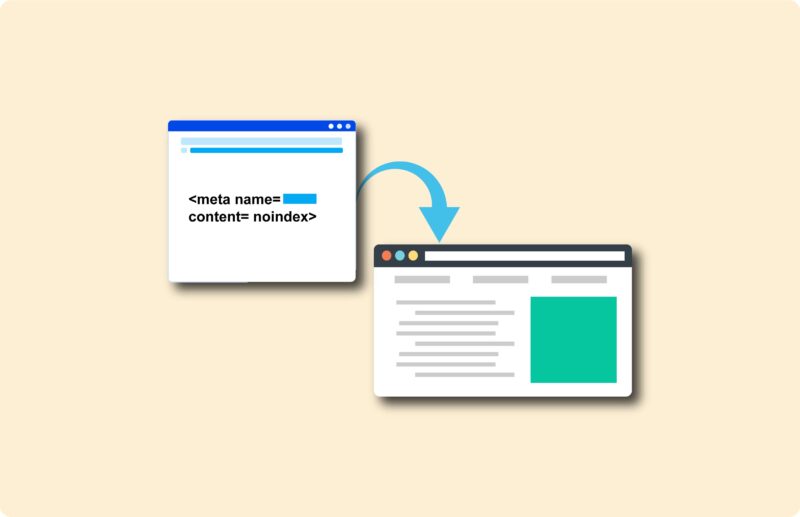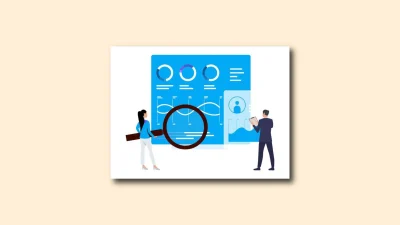Using the noindex and canonical tag at the same time? My opinion

Two meta tags are the noindex– and canonical-tags. These tags help website owners and SEO professionals manage the visibility of their content in search engines and avoid duplicate content problems. While each serves a unique function, the combined use of noindex and canonical may be necessary in certain situations to address specific SEO challenges. This article explores the importance of using these tags correctly and offers insight into applying them simultaneously.
The noindex-tag is used to tell search engines such as Google that a specific page should not be displayed in search results. This can be useful for pages with sensitive information, temporary content or duplicates that are not valuable to search engine users. On the other hand, the canonical-tag helps search engines understand which version of a page should be considered the “main” or “preferred” version when multiple copies of similar content exist. This is especially useful to avoid problems with duplicate content, which can hurt a website’s SEO performance.

Using these tags correctly is essential to maintaining a healthy website and maximizing search engine visibility. Misuse can lead to removal of important pages from the search index or confusion about which pages should be prioritized, which can ultimately affect search rankings and traffic to the site.
Using noindex and canonical simultaneously
Using noindex and canonical simultaneously may seem contradictory at first glance. After all, why mark a page not to be indexed while specifying a preferred URL for that page? However, this approach can be useful in specific scenarios where you want to preserve or pass on the link equity of a non-indexed page to the canonical version. For example, if a page is temporarily irrelevant to search engines, but you want to retain its value for a future date or for other pages on your site.
Technical considerations
Technically, with this method you are telling search engines not to include the page in their search results (through the noindex-tag), but that any value or link equity the page might have should be transferred to the specified URL in the canonical-tag. It is crucial to apply this technique with care and only in appropriate circumstances, as misuse can lead to unforeseen SEO problems.
If you decide to use noindex and canonical together, make sure:
- The
canonical-tag points to a page that did get indexed and contains relevant, similar content. - Monitor the performance and indexing of your pages closely through tools such as Google Search Console to identify and address unintended consequences.
- Consider alternatives before applying this method, such as improving the content on the page to make it unique and valuable enough for indexing.
In some cases, Google may decide to ignore the noindex-tag if the system thinks the page is valuable to users. This emphasizes the importance of thoughtful implementation and regular review of your SEO strategy to ensure that your site performs optimally in the dynamic search engine environment.
Google about using a noindex and canonical tag:
The last thing John Mueller said about this is the following (on Twitter):
Time for “it depends.” For identical pages that you only slightly care which is picked, use rel=canonical. For different pages (like syndication) and/or a strong opinion, use noindex (+ maybe canonical). Noindex+canonical? Yes, if you care more about indexing than canonicalizing.
John Mueller – Google.
So especially for the cases where you simultaneously want a page to be completely not indexed AND still pass the linkjuice to another page. Consider, for example, two (almost) duplicate pages. Both pages should remain (perhaps location pages), but you want to avoid full duplicate content and maybe even a bit of keyword cannibalization.
This is particularly interesting because several years ago John Mueller had a different opinion on this. For this, see this quote (also from Twitter):
You shouldn’t mix noindex and rel=canonical as they’re very contradictory pieces of information for us. We’ll generally pick the rel=canonical and use that over the noindex, but any time you rely on interpretation by a computer script, you reduce the weight of your input 🙂 (and SEO is to a large part all about telling computer scripts your preferences)
John Mueller – Google.
I think the times you will need this will be sparse, but if you love the minutiae like I do, this is definitely worth a try.






